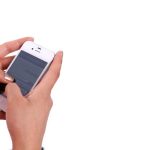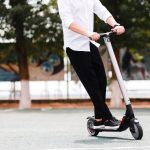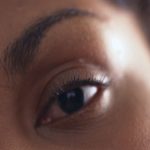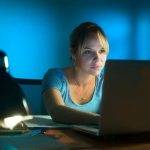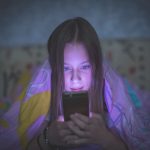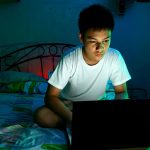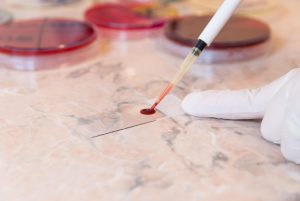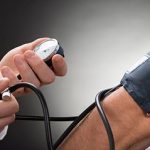
Although blood pressure levels among Americans rose during the COVID-19 pandemic, new research suggests things could have been far worse. “We expected blood pressure control to be worse due to decreased physical activity, stress, poor sleep and other cardiovascular disease risk factors that worsened during the pandemic,” said study leader Dr. Hiroshi Gotanda, an assistant professor in the Division of General Internal Medicine at Cedars-Sinai Medical Center in Los Angeles. “But the results were better than we expected, probably because of the use of telemedicine and home monitoring of blood pressure,” he noted. For the study, which was funded by the U.S. National Institutes of Health, researchers looked at the electronic data records of more than 137,500 adults who had high blood pressure (hypertension) and were treated at Cedars-Sinai, Columbia University Irving Medical Center in New York City, and Ochsner Health in New Orleans. Patients were an average age of 66. About 57% were women, while 30% were Black. The researchers compared blood pressure outcomes before the pandemic, from August 2018 through January 2020, with those during the peak of the pandemic, from April 2020 through January 2021. The number of blood pressure readings declined by as much as 90% during the first three months of the pandemic. Measurements began to increase as the months passed, though they were still below pre-pandemic levels. This may… read on > read on >












